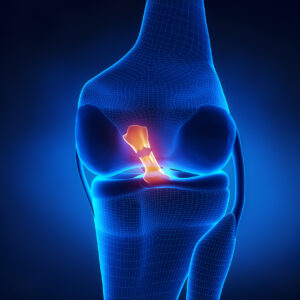Workplaces are bustling environments where employees dedicate significant portions of their lives. Whether it’s an office setting or a more physically demanding workspace, the potential for wear and tear injuries is omnipresent. Such injuries are not the result of one-time incidents; instead, they manifest over prolonged periods due to repetitive actions. This phenomenon is commonly known as repetitive stress injuries (RSI). But what exactly are these injuries, and how do they silently creep into our lives?
RSIs essentially impact various parts of our body system, from muscles and back to the more delicate parts such as our ears. The human body, intricate and resilient as it is, was not fashioned for prolonged bouts of repeated motion or continuous inactivity. Simple, everyday tasks, like typing on a computer keyboard for hours on end, might seem harmless. Yet, over time, such tasks can progressively erode the body’s functionality, even in the absence of rigorous physical exertion.
Beyond Repetition: The Gradual Strain of Workplace Environments
While RSIs primarily emerge from recurrent movements, they’re not the sole form of wear and tear injuries employees face. Occupational environments that expose workers to sustained loud noises present another significant risk. Over years, continuous exposure to high-decibel environments can damage the minute and delicate mechanisms of our hearing system. For instance, the stereocilia in the inner ear, essential for capturing sound waves and converting them into nerve impulses, can deteriorate. This impairment is not sudden or immediately noticeable, but its consequences can be severe and permanent.
Common Manifestations of Wear & Tear Injuries
The wear and tear injuries spectrum is broad, encompassing various afflictions. Some of the more frequently observed ailments include:
- Hearing Loss: Extended exposure to loud environments can lead to diminished hearing capacities.
- Back Problems: Prolonged sitting or standing, especially with improper posture, can spur chronic back issues.
- Tennis Elbow: Despite its sports-centric name, this condition arises due to repetitive arm and elbow motions, not just in tennis but also in various occupations.
- Carpal Tunnel Syndrome: Regular and extended wrist activities, like typing, can compress the median nerve, leading to this syndrome.
- Tendonitis: Inflammation or irritation of a tendon, typically due to repetitive movements, falls under this category.
- De Quervain Syndrome: Repetitive hand or wrist movements can cause this painful condition affecting tendons on the thumb side of the wrist.
Navigating the Path to Workers’ Compensation
Workers who encounter wear and tear injuries due to their job responsibilities deserve protection and support. Fortunately, workers’ compensation exists as a safety net, offering coverage for medical expenses arising from RSIs and related conditions. Furthermore, during the recovery phase, workers’ compensation can compensate for a portion of the lost wages, ensuring that injured employees can focus on healing without added financial strain.
However, navigating the workers’ compensation landscape can be daunting, especially when insurance companies are reluctant to approve claims. That’s where expert assistance comes into play. At PLBH, we pride ourselves on supporting employees who have faced the brunt of wear and tear injuries. If you’re grappling with the complexities of workers’ compensation claims or if your application has been unjustly denied, reach out to our seasoned team at (800) 435-7542. We’re here to advocate for your rights and ensure you receive the support you deserve.

